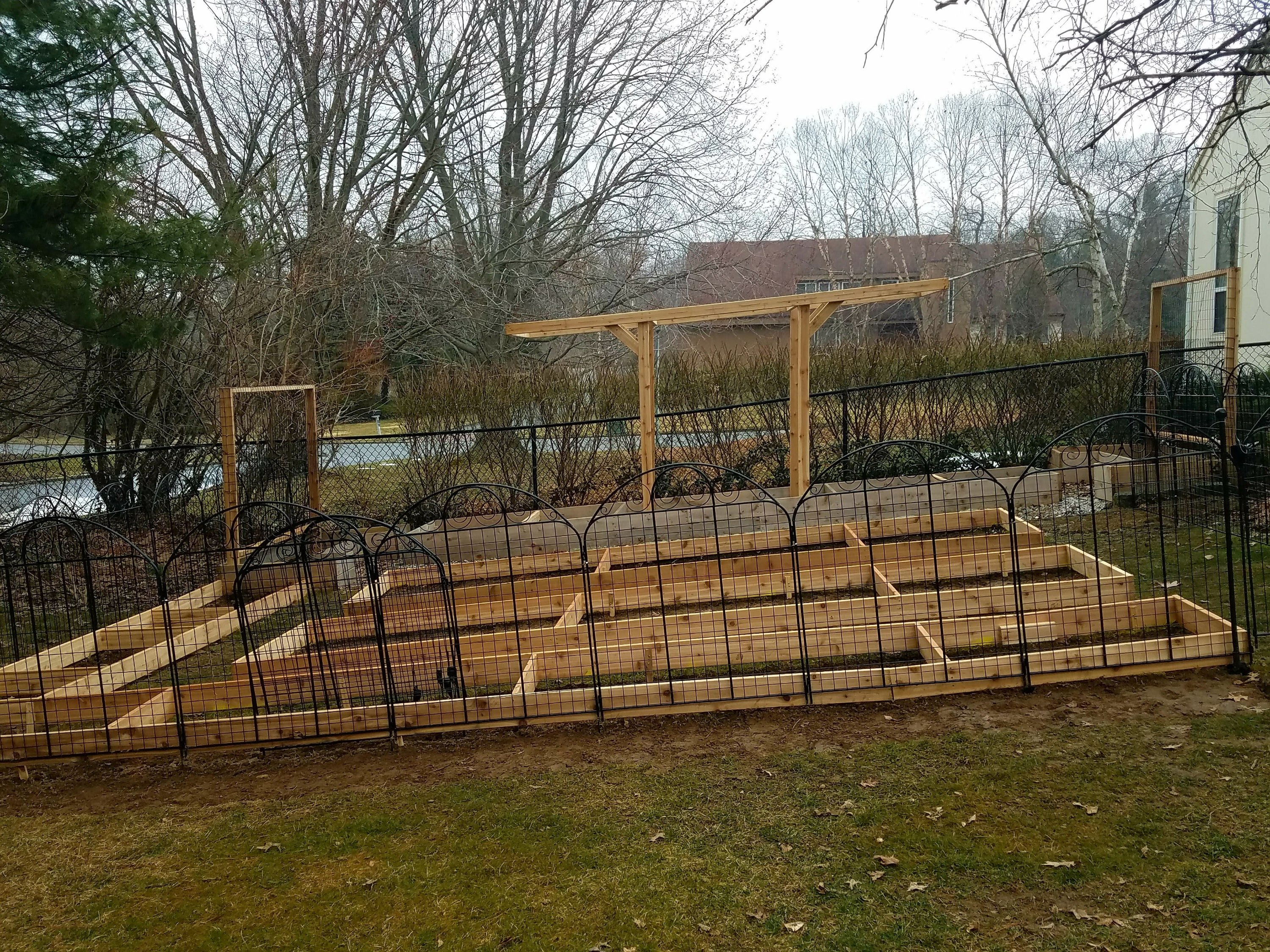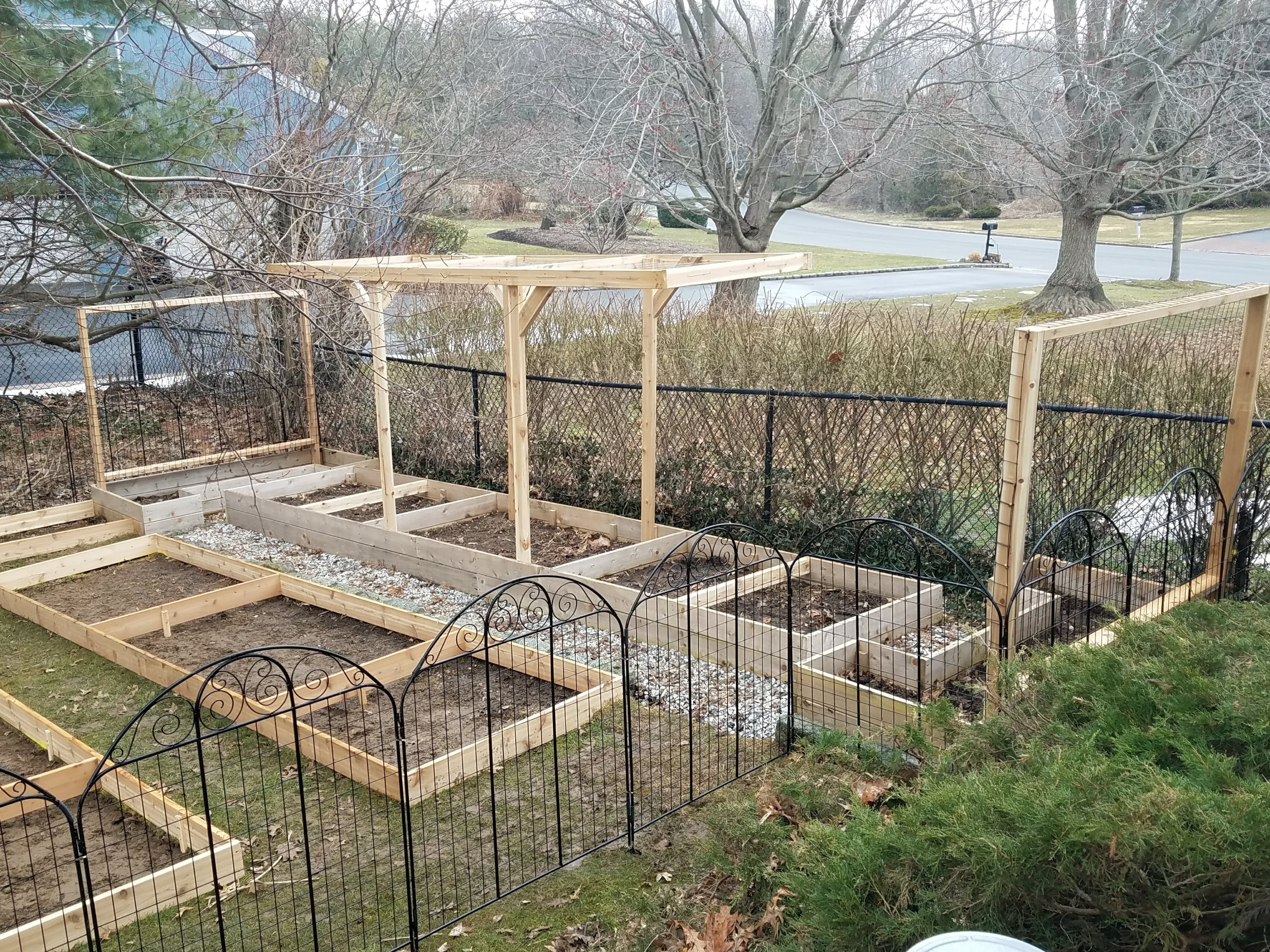Setting up a new vegetable garden from scratch can be a pretty daunting exercise.


Before you start, there are many variables to keep in mind like…
1) The size of your yard. This will in turn determine the dimensions of your vegetable patch and the number of vegetable beds.
2) Direction of the sun. Your plants need a good amount of sunlight for most part of the day, to grow and produce well.
3) Slope of land is important to ascertain if their are any drainage issues. Standing water can cause fungus growth and rotting in the plant’s roots.
4) Type of soil, its chemical exposure, ph level etc. You might want to find a source for procuring good organic soil and compost in your area.
5) The plan, size and layout of the vegetable beds. This will depend on the number and kind of vegetables you want to grow and your total budget.
6) If you plan to grow climbing vegetables, you will have to erect additional support structres like arbors and trellises. Taller plants will need staking or metal cages.
7) Need for fencing. If you have deer or rabbits frequent your garden, you must consider installing adequate fencing around your vegetable patch.
Deciding the actual layout and building beds

Measure the available land and decide the number of beds and their position and dimensions. If you are considering raised beds, invest in cedar wood beds as they last a good 7-10 years.
The beds can be any where between 6-12 inches high. If you want to grow deep rooted vegetables, you might want to go with 10-12 inches. Otherwise for most vegetables 6-8 inches is sufficent. I have a combination of both 6 and 12 inches in my garden.
To have easy access, allow for at least 12-18 inch pathways around the beds, Avoid making very deep beds, as once the plants grow to their full size, it might become difficult for you to reach towards the back of the beds.
Once your layout is decided and beds are made. The next step is to erect support structures. If you want to grow vegetables like gourds and squashes…they need really strong support. Vegetables like beans and cucumbers need tall support as they tend to climb high and grow profusely.

Prepping beds and making them them ready for plantation

Often neglected, this is one of the most important steps in the gardening process. Once your raised beds are ready. Remove all grass and weeds and fallen leaves. Till soil to areate, break clumps and remove all roots n stones.

Then spread about 5-6 inches of compost enriched good quality organic soil. Do not cut corners here, spending time effort and money on this step never goes waste. It will ensure that you grow healthy productive plants that will look later reward you with a bountiful harvest.
